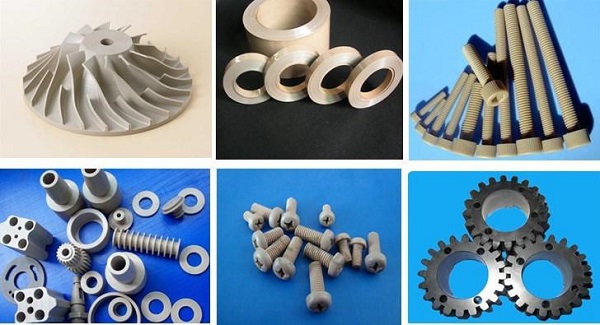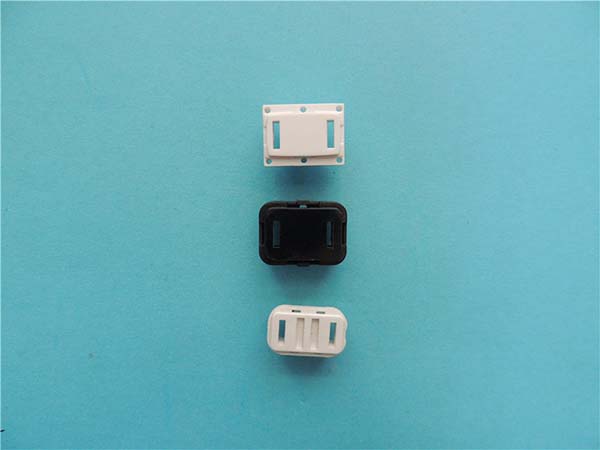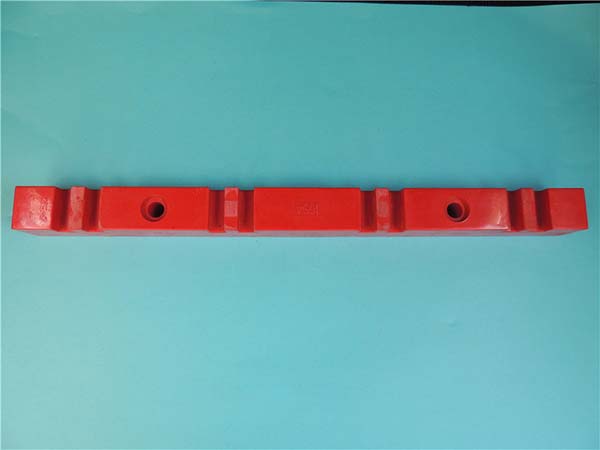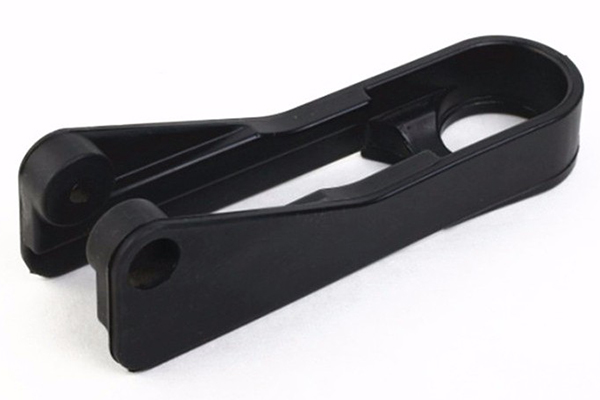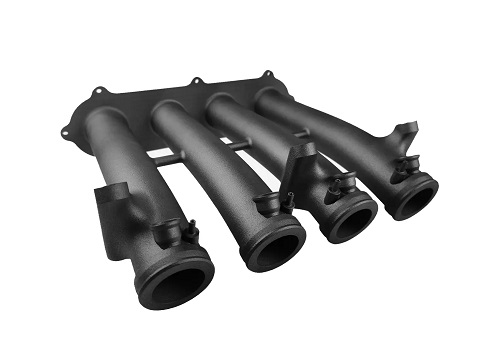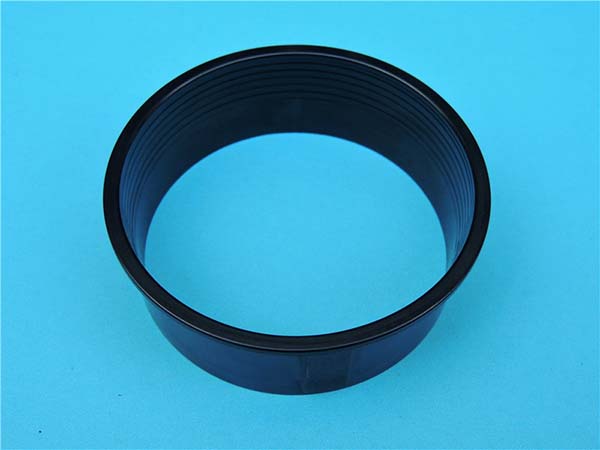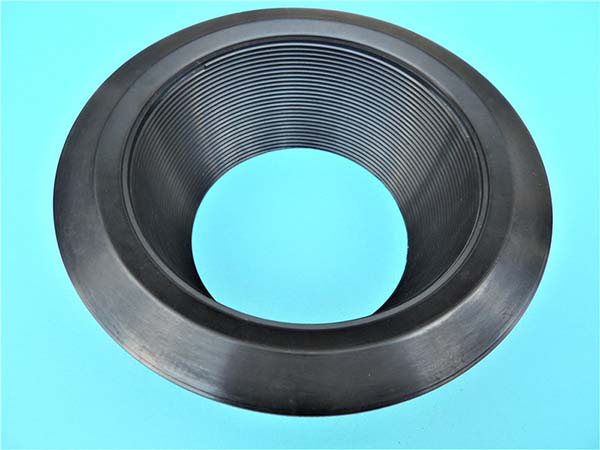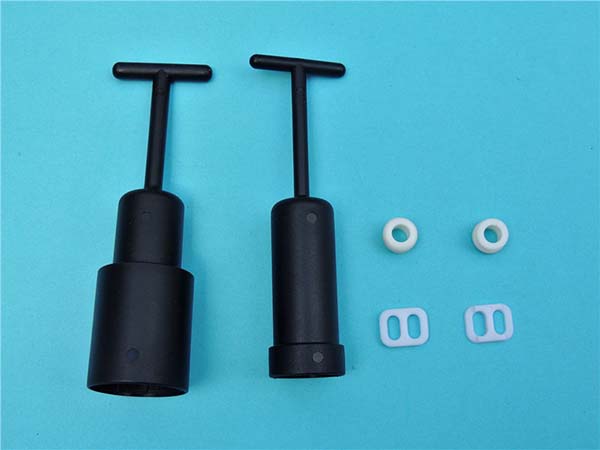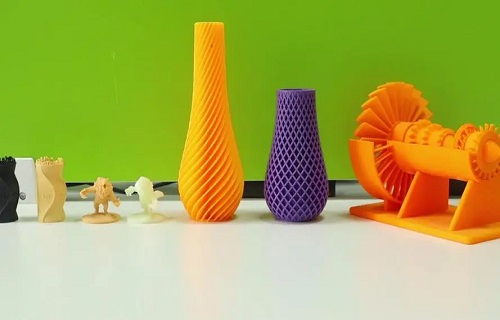The Basics of PEEK Material
PEEK, short for Polyether Ether Ketone, is a high - performance thermoplastic polymer that has been making waves in various industries due to its outstanding properties.
Exceptional Mechanical Properties
PEEK offers high strength and stiffness, with a tensile strength of up to 100 MPa and a flexural modulus of around 3.8 GPa. This makes it suitable for applications where parts need to withstand heavy loads. For example, in the aerospace industry, PEEK components can be used in aircraft interiors and engine parts, providing the necessary structural integrity while also being lightweight, which is crucial for fuel efficiency. In comparison to traditional metals, PEEK has a much lower density, approximately 1.3 g/cm³, reducing the overall weight of the final product without sacrificing strength.
High - Temperature Resistance
One of the most remarkable features of PEEK is its high - temperature resistance. It has a melting point of around 343°C and can continuously operate at temperatures up to 250°C. This property enables PEEK to be used in extreme environments. In the automotive industry, for instance, PEEK parts can be found in engine compartments where they are exposed to high - temperature exhaust gases. In contrast, many other plastics would degrade or lose their mechanical properties under such high - heat conditions.
Chemical Resistance
PEEK exhibits excellent resistance to a wide range of chemicals, including acids, bases, and solvents. It is not affected by most organic and inorganic substances, except for concentrated sulfuric acid. This chemical stability makes PEEK ideal for applications in the chemical and pharmaceutical industries. For example, PEEK can be used to manufacture chemical reaction vessels and pipes, ensuring long - term durability and preventing contamination in sensitive chemical processes.
Biocompatibility
PEEK is biocompatible, meaning it is well - tolerated by the human body and does not cause any adverse reactions. This property has led to its extensive use in the medical field. PEEK is used to make implants such as spinal cages, hip replacements, and dental prosthetics. Its biocompatibility, combined with its mechanical properties, allows for better integration with the body's tissues compared to some traditional implant materials like metals, which may cause inflammation or corrosion over time.
Thanks to these remarkable properties, PEEK has found widespread applications in aerospace, medical, automotive, and electronics industries. Its ability to meet the demanding requirements of these industries makes it a highly sought - after material in modern manufacturing processes.
Significance of Temperature in PEEK 3D Printing
Temperature plays a pivotal role in PEEK 3D printing, exerting a profound influence on every stage of the process and the final quality of the printed parts.
Influence on Material Melting and Flow
The melting of PEEK during 3D printing is highly temperature - dependent. As mentioned, PEEK has a melting point of around 343°C. During printing, the nozzle temperature is typically set between 360°C - 440°C. When the temperature is too low, the PEEK material may not fully melt. For example, if the nozzle temperature is set at 350°C, the material may have a lumpy or semi - melted state. This incomplete melting leads to poor flowability. The extruded material may not be able to be deposited smoothly layer by layer, resulting in a rough surface texture on the printed object. In contrast, when the temperature is set too high, say 450°C, the PEEK may over - melt. Over - melted PEEK can become overly fluid, causing issues like dripping from the nozzle during the non - extrusion phases, which can disrupt the printing process and affect the accuracy of the model.
Impact on Crystallization
PEEK is a semi - crystalline polymer, and temperature significantly affects its crystallization behavior during 3D printing. The crystallization process influences the mechanical properties of the final printed part. During cooling, if the temperature drop is too rapid (which can happen if the chamber temperature is too low), the PEEK may not have enough time to crystallize properly. This can lead to a lower degree of crystallinity in the printed part, reducing its strength and stiffness. On the other hand, if the temperature is maintained within an appropriate range during cooling, the PEEK can crystallize more uniformly. For instance, maintaining a chamber temperature of around 120°C - 160°C helps to control the cooling rate, allowing the PEEK chains to arrange themselves into a more ordered crystalline structure. This results in a printed part with improved mechanical properties, such as higher tensile strength and better resistance to creep deformation.
Overall Print Quality and Performance
The right temperature settings are crucial for achieving high - quality PEEK 3D printed parts. A well - controlled temperature ensures good adhesion between layers. When the hot - bed temperature is set correctly (usually 120°C - 180°C), the first layer of the printed object adheres firmly to the build platform. This prevents issues like warping or lifting of the printed part during the printing process. In terms of performance, parts printed with proper temperature control can meet the demanding requirements of various industries. For example, in the medical field, PEEK implants printed with accurate temperature - controlled processes can have consistent mechanical properties and biocompatibility, ensuring long - term stability and safety within the human body. In aerospace applications, temperature - optimized PEEK components can withstand extreme environmental conditions, providing reliable performance in flight.
Key Temperature Parameters in PEEK 3D Printing
Nozzle Temperature
The melting point of PEEK is 343°C, but in actual 3D printing, the nozzle temperature needs to be set within the range of 360°C - 440°C. This is because PEEK has a high viscosity, and a relatively high temperature is required to ensure its fluidity for smooth extrusion. If the nozzle temperature is too low, for example, set at 350°C, the PEEK material may not fully melt. As a result, the extruded material will have poor flowability, leading to a rough surface on the printed model and potentially internal voids. These voids can significantly reduce the mechanical strength of the final product. On the contrary, if the temperature is too high, say 450°C, the PEEK may over - melt. Over - melted PEEK becomes overly fluid, which can cause issues such as dripping from the nozzle during non - extrusion periods. This not only disrupts the printing process but can also lead to inaccurate deposition of the material, affecting the dimensional accuracy of the printed part. In extreme cases, high temperatures can even cause the PEEK to carbonize, completely altering its material properties and rendering the printed part unusable.
Build Plate Temperature
The build plate temperature, also known as the hot - bed temperature, is typically set between 120°C - 180°C. Maintaining a relatively high build plate temperature is crucial for PEEK 3D printing. When the first layer of the PEEK material is deposited onto the build plate, a proper temperature ensures good adhesion. A low build plate temperature, such as 100°C, may cause the printed part to warp or lift from the plate during the printing process. This is especially common for large or complex - shaped parts. The high thermal expansion coefficient of PEEK means that as it cools, it shrinks. If the adhesion to the build plate is not strong enough, this shrinkage can cause the part to warp. For larger or more complex PEEK models, increasing the build plate temperature to around 180°C can enhance the adhesion between the model and the plate. This provides a more stable base for the subsequent layers to be printed on, reducing the likelihood of warping and ensuring the overall integrity of the printed part.
Chamber Temperature
The chamber temperature in PEEK 3D printing is usually controlled within the range of 90°C - 160°C. In some high - end 3D printing equipment, it can even reach above 200°C. A suitable chamber temperature is essential for maintaining the overall temperature field during the printing process. Since PEEK is a semi - crystalline polymer, the chamber temperature plays a significant role in its crystallization behavior. If the chamber temperature is too low, the PEEK will cool down too quickly as it is extruded. Rapid cooling can prevent the polymer chains from arranging themselves into an ordered crystalline structure, resulting in a lower degree of crystallinity. This, in turn, can reduce the mechanical properties of the printed part, such as its tensile strength and stiffness. On the other hand, when the chamber temperature is maintained at an appropriate level, it helps to control the cooling rate of the PEEK. This allows the polymer chains to gradually form a more uniform and ordered crystalline structure, improving the mechanical performance of the final printed part. For example, in the production of PEEK components for aerospace applications, a well - controlled chamber temperature ensures that the printed parts can withstand the extreme mechanical and thermal stresses encountered during flight.
Yigu Technology's Perspective
As a non - standard plastic metal products custom Supplier, Yigu Technology deeply understands the significance of temperature in PEEK 3D printing. In our actual production, precise temperature control is the key to ensuring product quality and production efficiency.
During PEEK 3D printing, even a slight deviation in temperature can lead to significant differences in product quality. For example, when the nozzle temperature is not accurately controlled, the melted PEEK may not be extruded smoothly, resulting in uneven layers and affecting the overall strength of the product. A stable build plate temperature is also crucial. If the temperature fluctuates, it can cause the printed part to warp or detach from the plate, increasing the scrap rate and reducing production efficiency.
In addition, maintaining a suitable chamber temperature helps to control the crystallization process of PEEK, ensuring that the printed parts have consistent mechanical properties. By optimizing temperature parameters, we can not only improve product quality but also shorten the production cycle and reduce costs. Therefore, at Yigu Technology, we attach great importance to temperature control in PEEK 3D printing and continuously strive to improve our temperature - control technology to provide customers with high - quality products.
